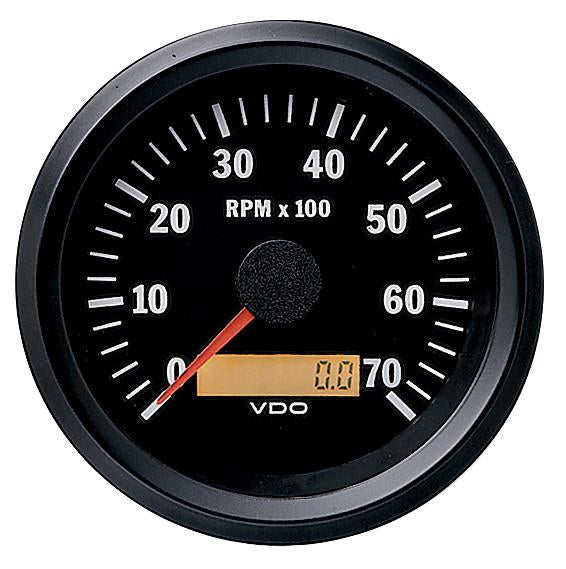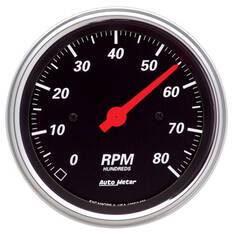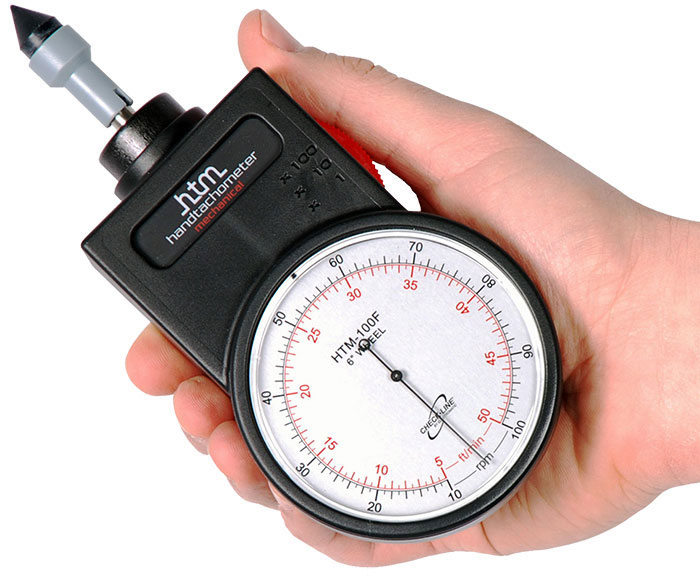The Value of a Tachometer in Monitoring Engine Rate and Efficiency in Automotive Applications
In the realm of automotive design, the tachometer stands as a pivotal instrument in the driver's toolbox, offering a straight window into the inner functions of a lorry's engine. Past its feature as a simple gauge of transformations per min (RPM), the tachometer offers as a crucial tool for lovers and professionals alike, offering real-time understandings into engine efficiency and health.
Significance of Monitoring Engine RPM
Monitoring engine RPM, or transformations per min, is a critical aspect of vehicle maintenance and performance analysis. Engine RPM directly associates with the rate at which the engine's crankshaft turns, showing how rapidly the engine is running.
Furthermore, monitoring engine RPM is important for performance evaluation in auto racing and high-performance automobiles. Maintaining ideal RPM degrees is crucial for accomplishing peak power result and velocity. Racers typically make use of tachometers to guarantee they are running within the perfect RPM array for optimum efficiency. In summary, keeping an eye on engine RPM is not just important for finding issues yet also for maximizing engine efficiency in numerous automobile applications.

Advantages of Real-Time Information
In automobile applications, real-time information plays a vital duty in providing instant understandings right into the performance and problem of the lorry. By continuously keeping an eye on numerous parameters such as engine rate, temperature, gas intake, and a lot more, real-time data offers various benefits that add to improved effectiveness and safety and security on the roadway.
One significant advantage of real-time data is its ability to alert chauffeurs and technicians to any abnormalities or issues quickly. This aggressive strategy enables quick identification of prospective issues, permitting for timely interventions to stop additional damage or breakdowns. Furthermore, real-time data assists in efficiency optimization by offering immediate responses on driving routines and engine performance. Chauffeurs can readjust their habits in real-time based upon this info to attain far better gas economy and extend the life-span of their vehicle.

In addition, real-time data plays an important duty in modern automobile diagnostics, allowing professionals to promptly diagnose and attend to breakdowns. This causes lowered downtime, lower upkeep costs, and inevitably, enhanced general vehicle reliability and longevity (tachometer). By utilizing the power of real-time data, automobile stakeholders can make enlightened choices that positively impact both the performance and long life of the automobile
Effect On Gear Shifts
Effective check my reference gear shifts in auto applications substantially affect overall efficiency and driving experience. The tachometer plays a crucial role in enhancing gear shifts by supplying real-time engine rate information to the vehicle driver. When approaching the redline on the tachometer, it indicates the motorist to upshift to stop over-revving the engine and creating possible damages. On the various other hand, downshifting at the appropriate moment can aid maintain the engine in its power band, guaranteeing responsive acceleration when needed.
Moreover, the tachometer help in attaining smoother equipment shifts, particularly in hand-operated transmissions. By monitoring engine go to this site rate, vehicle drivers can carry out gear shifts at the optimum RPM variety, lowering snagging movements and reducing endure the transmission parts. This precision in gear adjustments not just Recommended Site improves driving comfort but additionally adds to fuel performance.
Enhancing Gas Efficiency
Offered the essential duty the tachometer plays in enhancing gear changes for performance and engine wellness, it straight contributes to making the most of fuel efficiency in auto applications. By supplying real-time feedback on engine rate, the tachometer assists vehicle drivers in preserving one of the most effective RPM range for gas economy. When vehicle drivers regularly monitor the tachometer and change their motoring practices appropriately, they can stay clear of unneeded gas usage triggered by over-revving or carrying the engine.
In addition, the tachometer helps chauffeurs determine the most fuel-efficient gear to be in at any kind of given minute, stopping the engine from working more difficult than required. In final thought, the tachometer offers as a valuable tool in enhancing gas effectiveness by advertising optimum driving practices and identifying locations for renovation in the automobile's efficiency.

Making Best Use Of Engine Longevity
The tachometer's duty in keeping track of engine rate and performance is crucial in guaranteeing the longevity of automobile engines. Keeping an eye on the tachometer allows vehicle drivers to stay within the advised RPM range for their lorry, avoiding unneeded stress on the engine and extending its life-span.

Final Thought
In conclusion, the tachometer plays a critical function in monitoring engine rate and performance in vehicle applications. By providing real-time information on RPM, it permits efficient equipment changes, improved gas efficiency, and maximized engine durability. This device is essential for preserving optimal engine performance and making certain the general capability of a car.